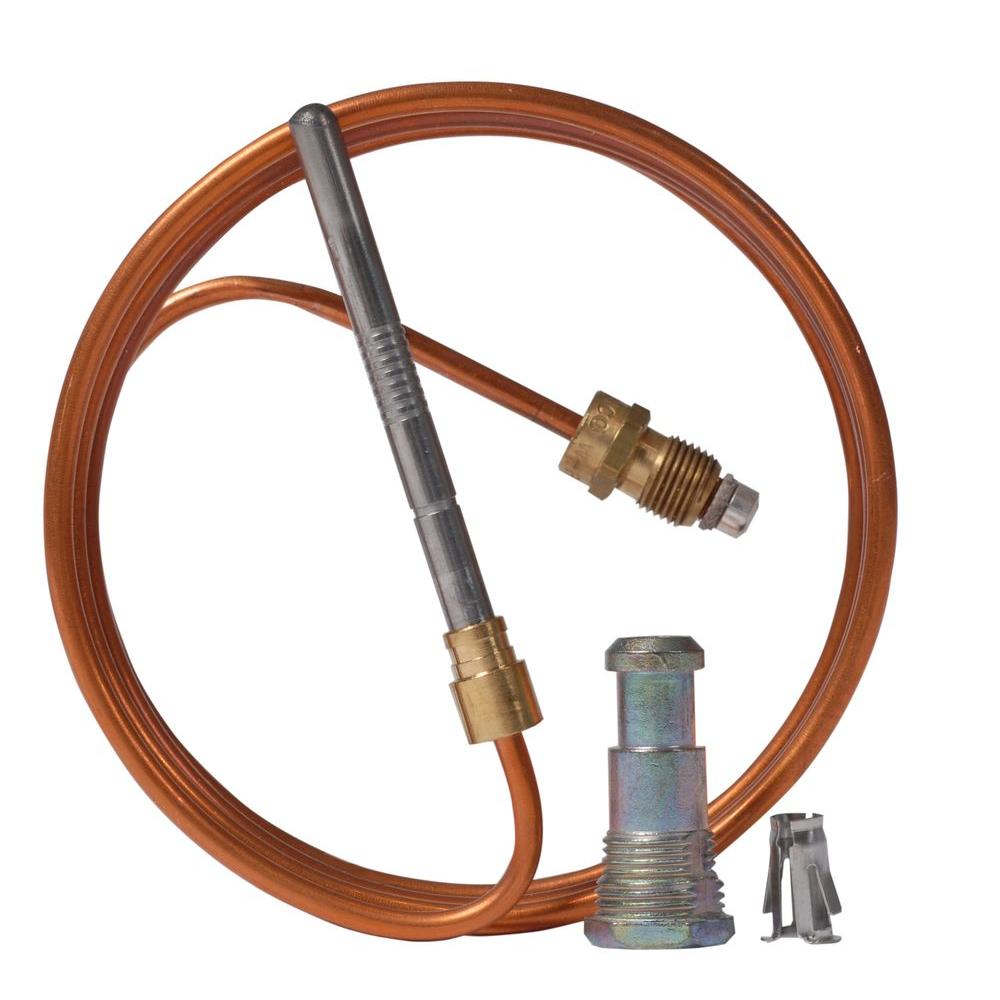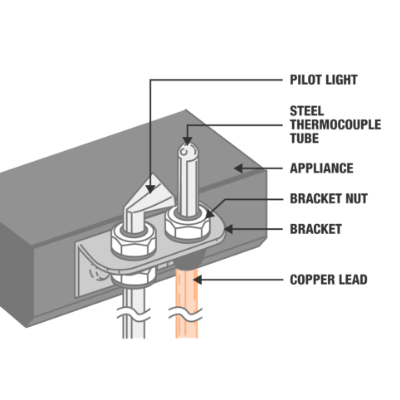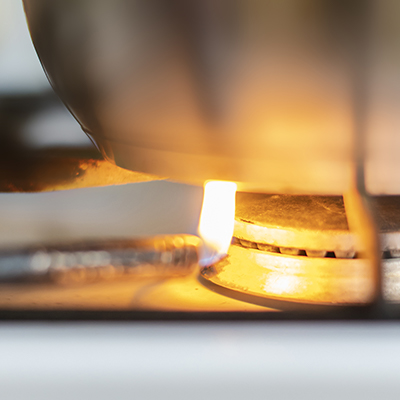Thermopile vs. Thermocouple
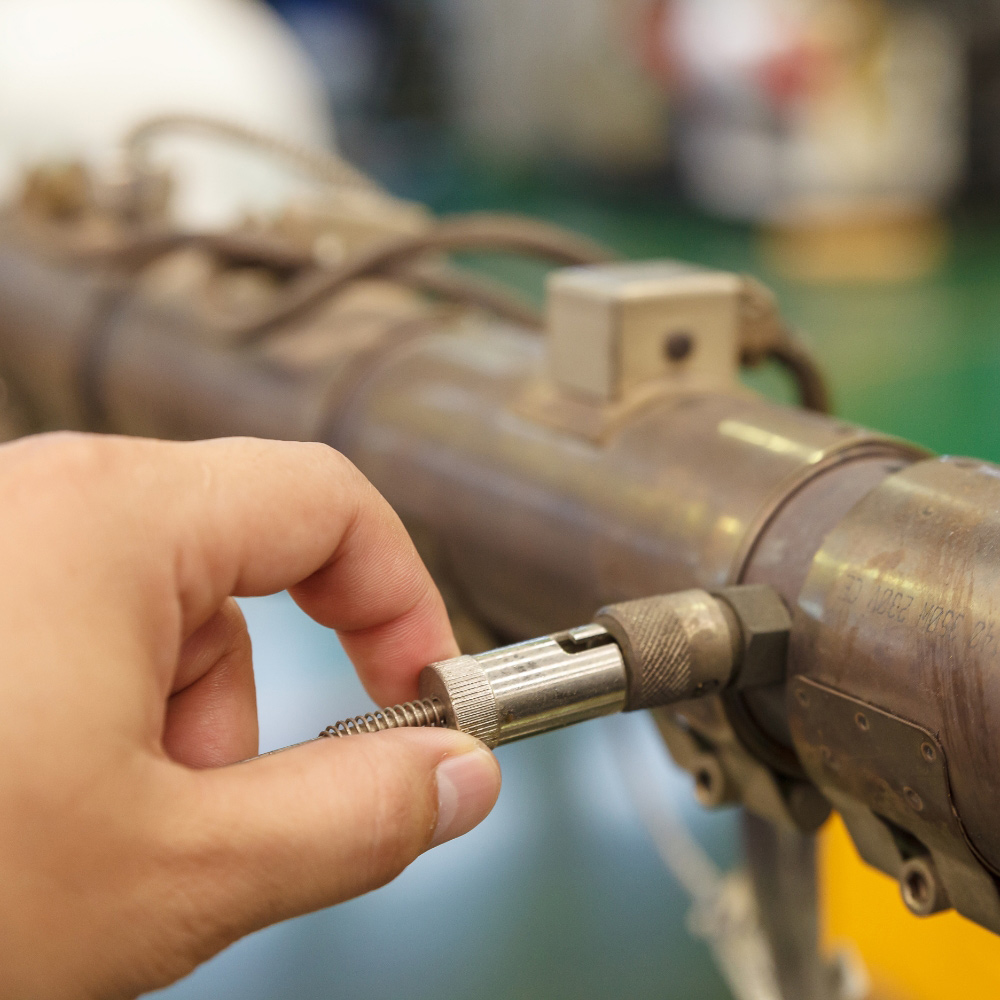
Last updated August 12, 2024
Thermopiles and thermocouples are two types of temperature sensors commonly used in industrial, commercial and scientific applications. Both devices measure the temperature of a system, but they differ in their construction, working principles and applications.
This guide reviews how thermopiles and thermocouples work, their applications and their differences.
Difficulty:
Intermediate
Duration:
Under 2 hours
Table of Contents
What Is a Thermocouple?
What Is a Thermopile?
Differences Between Thermopiles and Thermocouples
More Tools. More Products. More Perks.
What Is a Thermocouple?
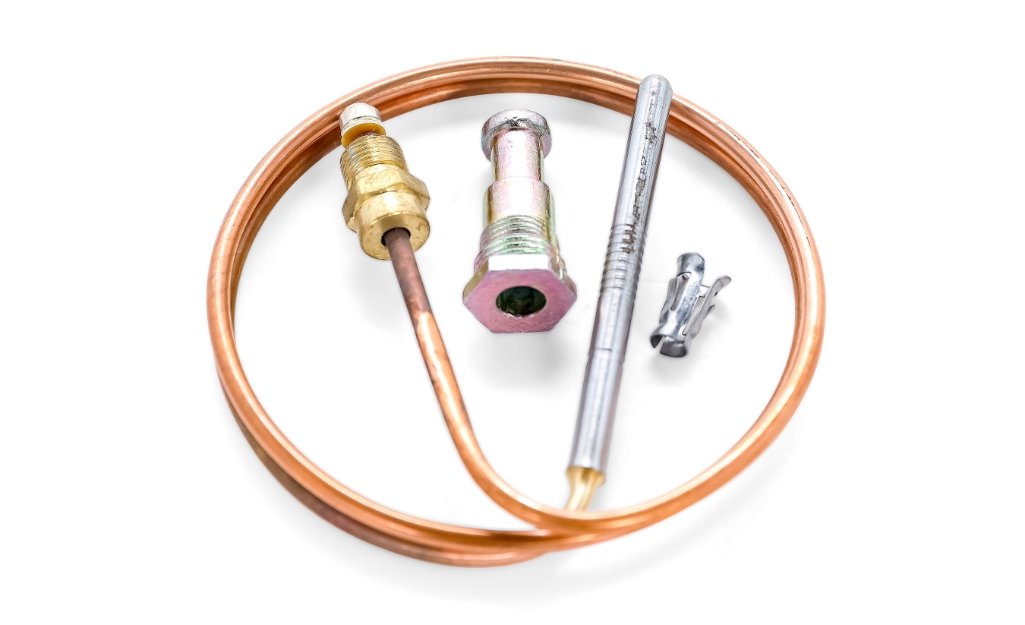
A thermocouple is a device that generates a voltage when exposed to a temperature difference between two junctions. (See our guide: What Is a Thermocouple?)
A thermocouple consists of two dissimilar metals that are joined together at two junctions. When one junction is heated and the other stays at a constant temperature, a voltage generates across the two junctions. Thermocouples measure the voltage output and correlate it with temperature.
Thermocouples measure temperature in devices such as furnaces, pilot lights, thermostats and boilers to monitor the temperature of a combustion chamber and prevent overheating. They are also used in water heaters to maintain a consistent temperature and ensure safe water. In HVAC systems, thermocouples are used in thermostats to measure the temperature of a room or building and control the system to maintain a desired temperature.
Applications for thermocouples include:
- HVAC system diagnostics for faulty thermostats or temperature sensors
- Pipes and ducts for monitoring the even distribution of heated or cooled air
- Ranges for monitoring cooking temperatures
- Refrigerators and freezers for monitoring food storage temperature
Thermocouples are also used in gas-fired heating systems as safety sensors to detect when the pilot light has gone out or whether there is a problem with the gas supply. When the thermocouple detects an issue, it will shut off the gas supply to the burner. This prevents the buildup of gas and reduces the risk of a gas leak or explosion.
What Is a Thermopile?
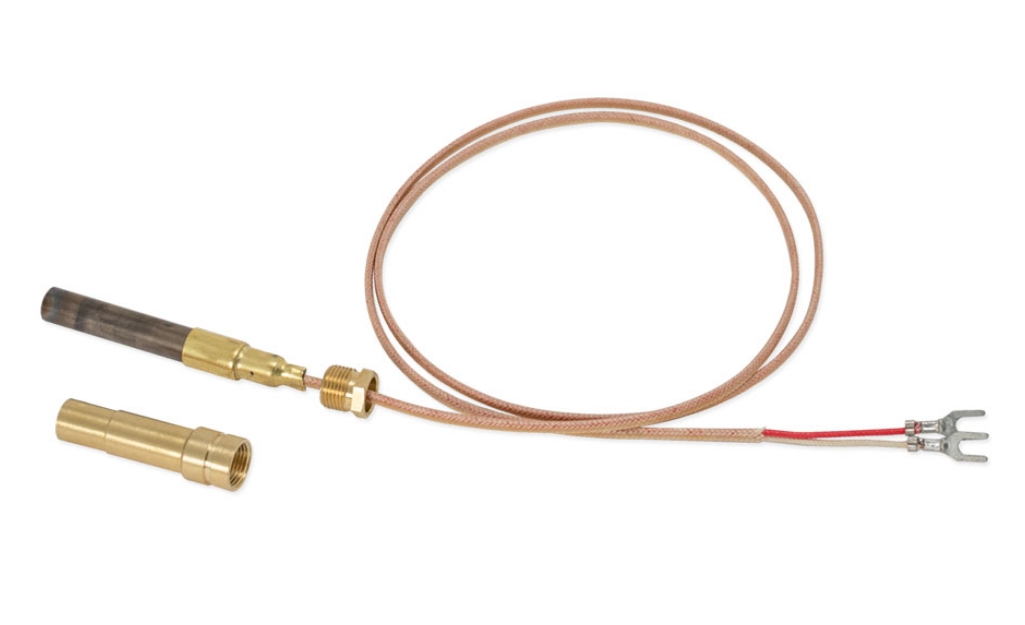
A thermopile is a device that generates a voltage when exposed to a temperature gradient, or a change in temperature across two points. It consists of several thermocouples connected in a series to track temperature changes on a wider scale.
When one end of a thermocouple is heated, a temperature gradient is established across the length of the thermocouple. This generates a small voltage across the two ends of the thermocouple, allowing connected devices to provide a temperature reading. When multiple thermocouples are connected in series, the voltage increases and can provide temperature readings to more complex devices.
Applications for thermopiles include:
Thermopiles are used in various applications where a non-contact temperature measurement is necessary, such as in infrared thermometers and thermal imaging cameras. In infrared thermometers, a thermopile detects the thermal radiation emitted by the object being measured, which is then converted into a temperature reading.
One example of an infrared thermometer is used in clothes dryers. Some dryers use a thermopile to read infrared light emitted by the clothes inside, which allows the dryer to stop as soon as the clothes are dry. This can save more energy than models than can only be set to dry for a set amount of time.
In thermal imaging cameras, a thermopile detects the temperature distribution across a surface and identify hot or cold spots in a room. This helps technicians identify areas where insulation or weather stripping should be added or improved. Additionally, this could reveal air leaks in a building that cause uneven heating or cooling.
Differences Between Thermopiles and Thermocouples
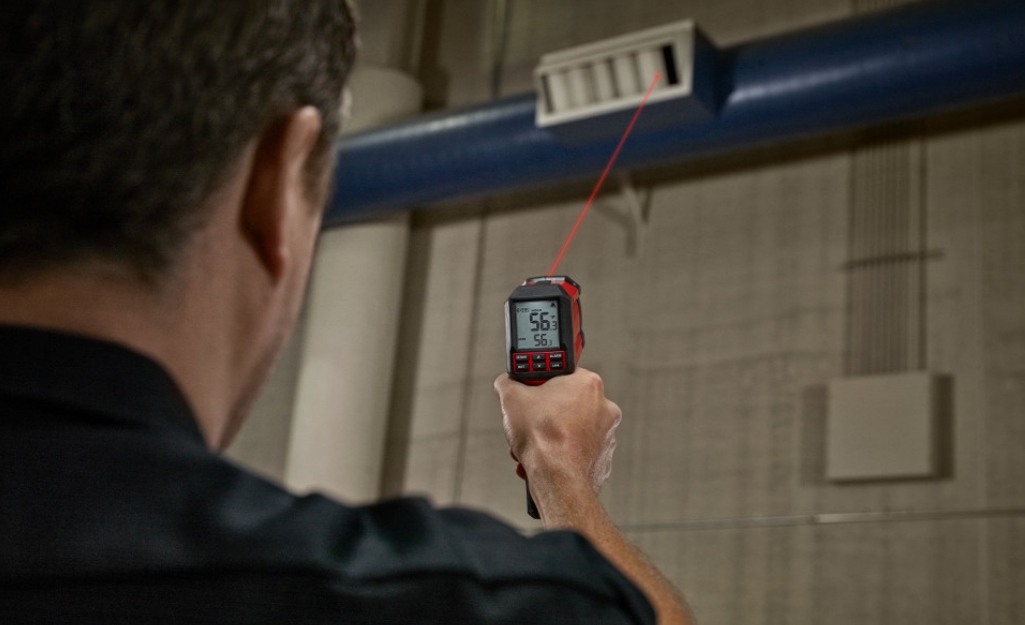
The difference between thermopiles and thermocouples is their sensitivity and accuracy. Thermocouples are commonly used as safety devices for appliances to prevent overheating, gas leaks or fires. Thermopiles are typically used in situations that require greater sensitivity and accuracy, such as detecting HVAC system leaks.
Thermocouples are durable and have high temperature limits. This makes them suitable for precise temperature measurements in harsh or isolated environments such as combustion chambers in appliances or cars. Pros typically clean or replace a thermocouple when troubleshooting furnaces, boilers, ovens, thermostats or other HVAC control units.
Thermopiles are more sensitive because the thermocouples inside are working together to detect a range of heat. This allows them to accurately detect a wider temperature range and makes them suitable for non-contact temperature measurements.
Additionally, Pros are likely to use devices with thermopiles when measuring the average temperature of a room or building, such as with a thermal camera or infrared thermometer. Some occupancy sensors that automatically control HVAC systems will also include thermocouples.
Pro Tip: Keep the packaging and documentation of your thermocouples and thermopiles in a safe place. Always use new components with the same specifications when making a replacement.
More Tools. More Products. More Perks.

Be more competitive and boost your bottom line with Pro Xtra, The Home Depot’s free loyalty program built for Pros. Sign up today to access the enhanced Pro Online Experience, built with the online business tools and time-saving features Pros need.
Create predefined PO or job names in your free Pro Xtra account to organize orders by properties, jobs and more. Set your account preference to require job names on every online purchase for even more transparency in your spend management.
